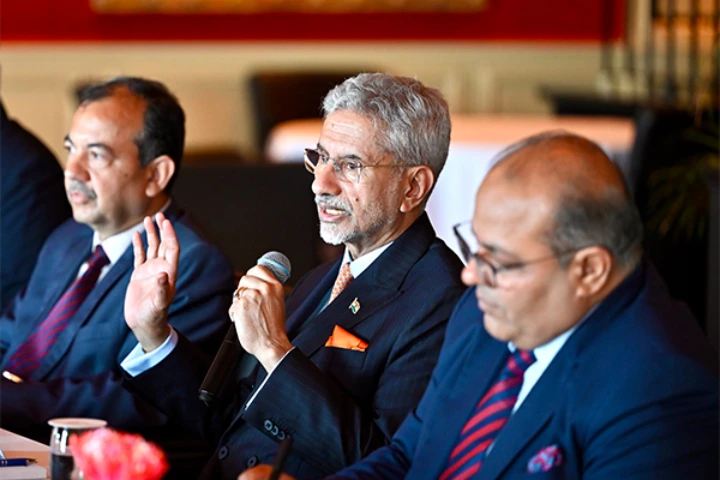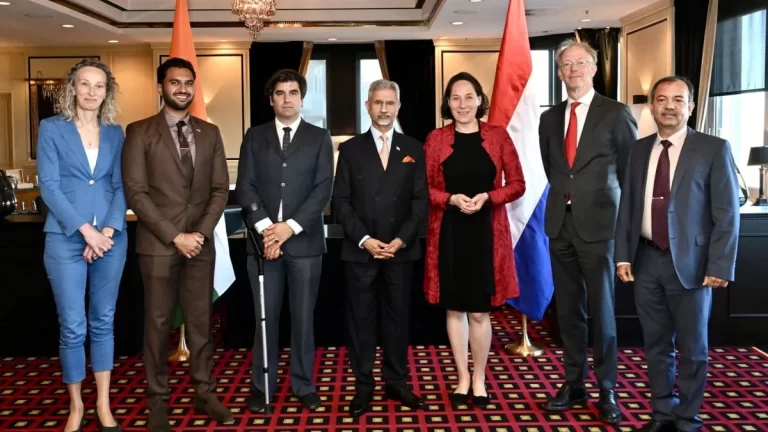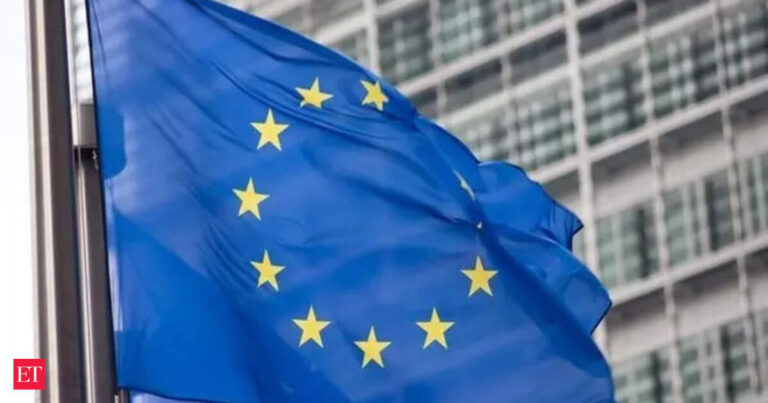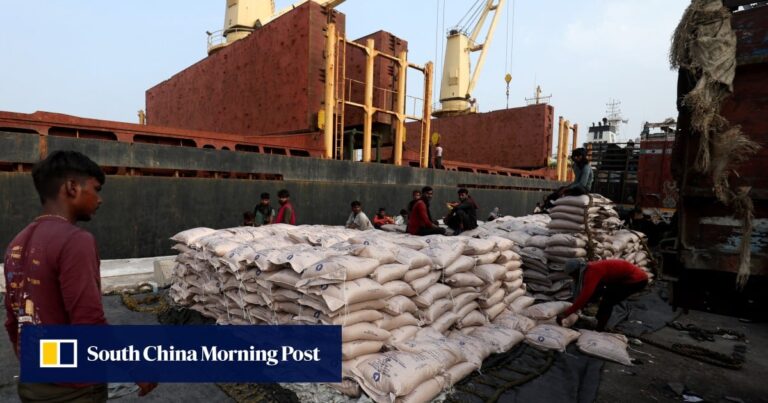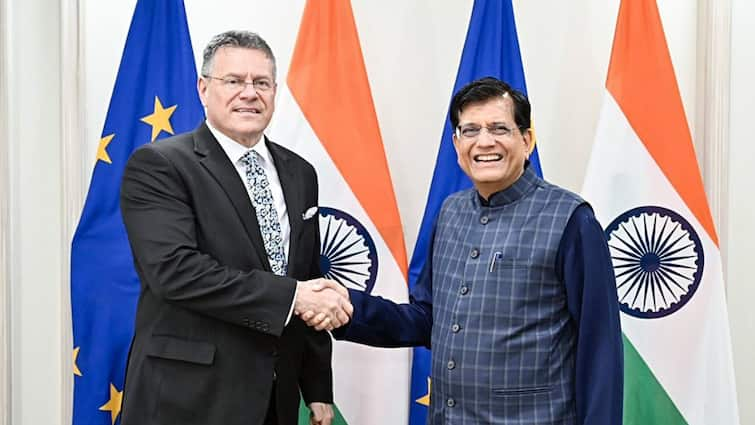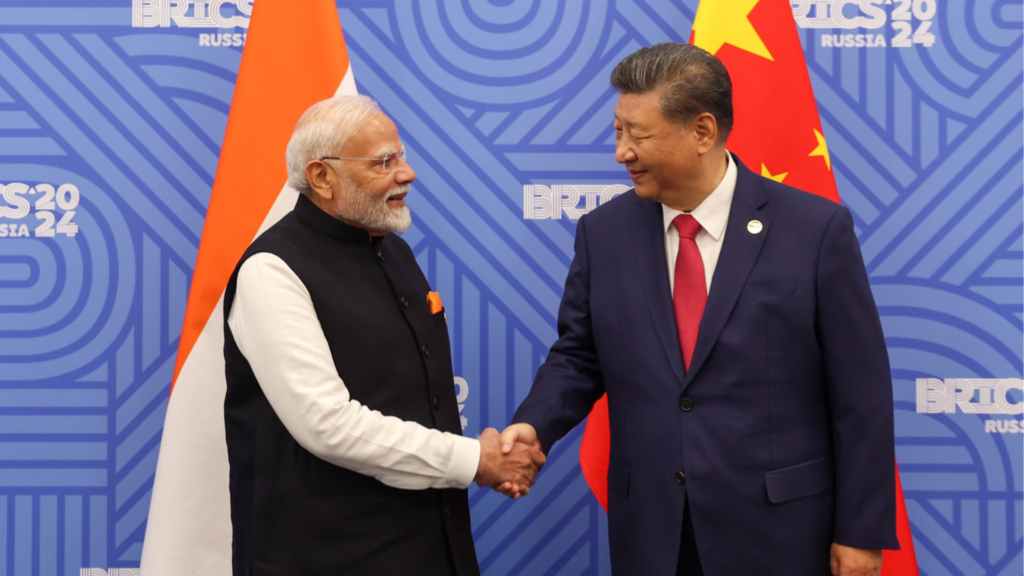
The Himalayan mountains that are held between India and China are often designed as obstacles and obstacles to their mutual relationships and even the reason for being for bilateral conflicts during almost 65 years. Unlike this belief, Himalayas have in fact been facilitators in connection with two countries for 3,500 years.
While many know the Silk Road as a road that has enabled the products between the East and the East, starting of course with silk, the same road provided dropouts and tentacles through Himalayas and leading to India to “ exchange culture ”. This was the desire to seek the interior thoughts of the philosophies of Buddhism and the Empire of Maurya that Chinese explorers like Hiuen Tsang, known in China under the name of Xuanzang, even considered the Himalayas as a necessary challenge which was to be crossed to understand the interior voice of the Nirvana of Buddhism.
Even in a more recent past than the Mauryan era, the existence of the Himalayas has not prevented many Indians from reaching the Chinese people to fight the Imerpial Japanese armies. Dr. Kotnis, a doctor from a small town in Maharashtra, is an inspiring example who was then honored by President Mao by installing a statue in his memory.
April 1, while India and China celebrate their 75th Anniversary of the establishment of bilateral diplomatic relations, it is time to recognize not only the powerful majesty of the 3,500 km Himalayas which links two countries, but also the 3,500 years of history based on thought which lit incredible opportunities for the lasting future of our planet.
Like the valleys of powerful rivers emanating from Himalayas, there have been ups and downs in relations between two nations of recent history. The obligations between two countries were sometimes frozen such as glaciers and other times, their hostility is dangerously exaggerated as a rapid melting of glaciers lakes.
In particular, in recent years, relations have been hardly affected by the stretched borders have even led to violent skirmishes that have led to victims on both sides. The way in which India and China have managed such a crisis are now part of the lasting lessons in bilateral mediations. Persons engaged in ping-pong shuttle and diplomacy can now look for 20th and 21st Encyclopedia of diplomacy of the century.
It is often neglected by Western diplomats that no other country shares a massive mountain range that is such colossal and at high height as a natural border. In the context of wild and deadly wars in progress which can be transformed into genocides, India and China have become the maestros of bilateral preventive diplomacy and have avoided uncontrolled deadly conflicts.
The 1962 Indian Chinese War, which came after almost 15 years of bonhomie de Hindi Chini Bhai Bhai or Indochinaise camaraderie and The Panchasheel agreement of peaceful coexistence, caused a lot of resentment, in particular in India, but after a few years, the two parties arrived at the negotiating table to find a peaceful solution to their border disputes, displaying the intensity of the objective and the force of intentions of the two countries.
The work mechanism for consultation and coordination on Indian-Chinese-Chinese border cases (WMCC) with which the two countries manage the serious cross-border problems, in particular the pilgrimage by citizens of the two countries, to clearly show that the links between India and China are rooted in healthy achievements than neither can reduce, much less provoked.
And more recently, after a five -year stand, when relations had become as frozen as the ice age, they started to thaw again and the two countries are again actively engaged in discussions and negotiations to resume bilateral cooperation, cultural exchanges and also stimulate tourism.
The broad cooperation between India and China, despite its ups and downs, sends the message of need for peace, stability and progress not only in Asia but also in the world. The leaders of two countries Prime Minister Narendra Modi and President Xi Jinping have met 18 times in the past 10 years to reassure the world that there is responsible knowledge with conscientious responsibility.
These meetings were certainly not part of the elegant “shuttle diplomacy”, but the number of them was part of broader meetings such as the BRICS summit, to which leaders of Brazil, Russia, India, China and South Africa, and from the Shanghai cooperation organization (SCO, clearly indicating that the two of them are in the two groups (SCO, are part of multilateral movements.
There is no lack of coffee table books and even coffee tables on Indian Chinese links, which are filled with perceived conflicts and comparisons between India and China linked to commercial interests, investment combinations, GDP combinations, technology, demographic dividends and of course short-term political checks!
What is roughly missed is an opportunity that the two countries have at the heart of the triple crisis, such as the UN Secretary General. It can be called the “ABC” crisis. Atmospheric pollution, loss of biodiversity and climate change. The two most populous countries in the world are among those facing the worst impact of common planetary challenges. Thus, the two nations must urgently forge the selective alliance for the common interest, recognizing unique geositions and sincere self-imposed targets of the two countries towards sustainable development objectives (SDG) and zero net targets.
The diplomacy of the detention employed by India and China in recent years can be of a huge asset to achieve the objectives apparently impossible to tackle what is now known as the existential threat on the scale of the planet of climate change. India and China, more as complementary partners than individual adventurers, can manage their growth and the well-being of people in a more inclusive and lasting way to prevent the planetary crisis.
After all, together, the two countries represent 27 GDP of world GDP in terms of purchasing power parity (PPP) while Europe and the United States represent together near the same or 30 PC of GDP in terms of PPP. The difference, however, is the strategy initiated to implement the climatic objectives that the two countries have promised under the Paris climate agreement, generally called NDC or determined contribution to the national scale. India and China both exceeded their NDCS goals before the time. Together, they represent nearly 70 pc of renewable energies in the world. The two countries are on a fast track to reduce their carbon intensity and their forest cover. President Xi Jinping and Prime Minister Narendra Modi are champions of sustainable development and promoters of coexistence with nature and ecosystems.
The meeting of two leaders of Kazan in Russia in October 2024 was a moment which reported on the new era of the post-75 years of diplomatic relations in India China. Dialogue on discord has been the mantra, not allowing differences to become disputes seems to be a new piece, trying consensus with cooperation is the new theme and natural and natural competition rather than confrontation would be the new premise.
The two countries have not only put the well-being of their 2.8 billion people, but the shared aspirations of regional countries, and the historic world’s historic trend are identified as a flow of world peace, stability and prosperity. Interestingly, the Chinese spokesperson commenting on the recent Modi podcast said that a cooperative no deunt of the dragon and the elephant is the only good choice for China and India. ” The spokesperson added that the 75th anniversary of the creation of diplomatic links is an opportunity to advance exchanges and cooperation in various fields and levels, and promote the healthy and stable development of China-Indre relations.
No one expects a sudden transformation of the dreamy, peaceful and less warm planet from today while the two countries celebrate the diamond jubilee of their diplomatic relations. But there is optimism in the air. This could be a catalyst to build an alliance between China and India to fight against the imminent, negligent but serious environmental crisis such as loss of biodiversity, the impact on air health health, carbon emissions due to the rapid acceleration of digital technologies, including AI, recycling of electronic waste, including solar panels and Water crisis and water crisis breathtaking planetary, due to climate change.
Their global footprints, despite the short -lived fanciful aberrations of certain powerful nations, would lead the world community to be more respectful for ecosystem and nature.
Nobel Laure and the great Indian poet Rabindranath Tagore, “said more than a century,” my friends, I don’t know why, but when I come to China, I feel like I am returning to my hometown. I have always felt that India is an extremely close to China and is very old and dear brothers. ” It is time to relive these relationships.
Rajendra Shende is a former Director of the UNEP, founding director Green Terre Foundation, principal coordination author, IPCC who won the Nobel Peace Prize, Prime Mover SCCN, former student of IIT.
